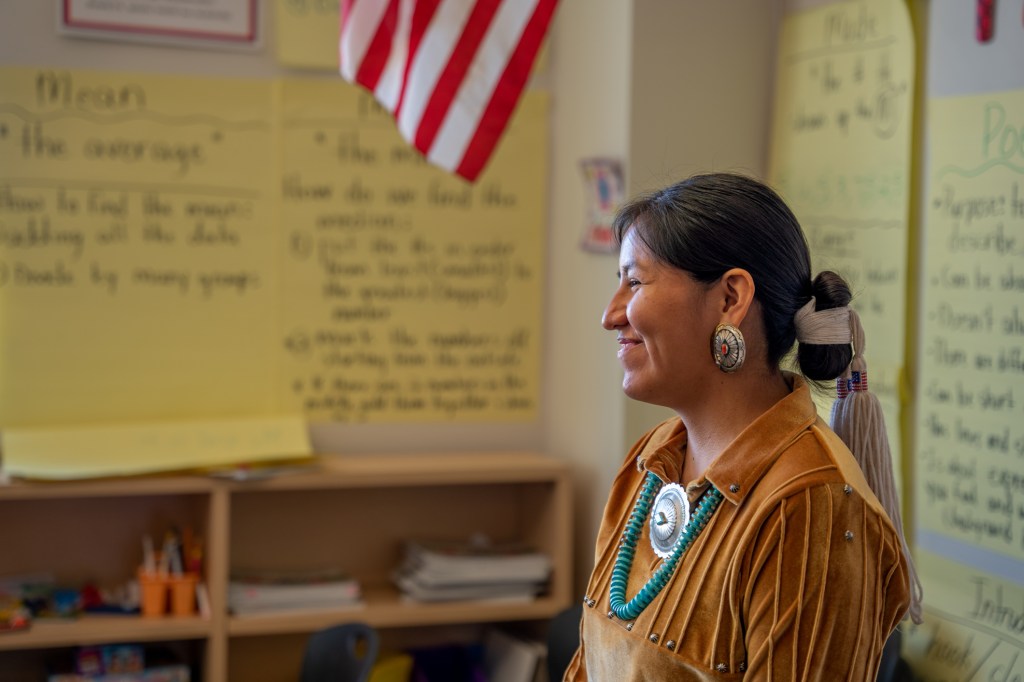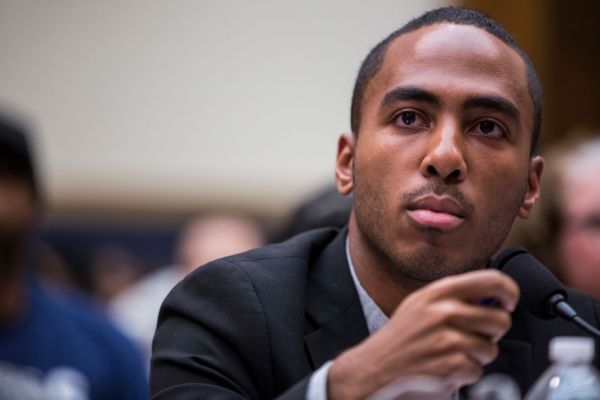The nation’s Native American population has skyrocketed in the last two decades. From 2000 to 2022 the American Indian and Alaska Native population surged 77 percent, per a recent Axios analysis of census data.
This population growth perplexes Rogelio Saenz, a professor of demography at the University of Texas at San Antonio and a member of the U.S. Census Scientific Advisory Committee. “You’re talking about an American Indian/Alaska Native population that has very low fertility and no immigration for the most part,” he tells The Dispatch. It also has high maternal mortality rates. Those trends typically correlate with a demographic bust, not a boom.
Which raises the question: What’s driving this staggering population growth?
‘The way people themselves identify is fluid.’
Census data relies on individual self-identification, so the increase in Native American population reflects, at a basic level, that more people are selecting the category in census forms.
“It’s important for people to understand that this data comes from what people check on forms,” Wendy Roth, a sociologist at the University of Pennsylvania, tells The Dispatch.
According to Mark Mather, associate vice president at the Population Reference Bureau, the census continually tries to improve its self-identification categories. “But the way people themselves identify,” he cautions, “is fluid.”
“This is really a case where individuals are saying, ‘I am now choosing to identify as Native American,’” concludes Roth.
Why the shift to self-identify as Native American?
Even if the rise in the Native American population comes down to a shift in how some are filling out forms, there is no definitive answer for their change in behavior. But a few possibilities stand out.
For example, a growing number of Hispanics now identify as Native American. Saenz finds that between 2000 and 2022 non-Hispanics identifying as American Indian/Alaska Native grew by just 8.8 percent. Meanwhile, the Hispanic counterpart more than tripled: rising from 16.4 percent to 39.6 percent within that time frame. There was a corresponding—and considerable—decrease in the number of Hispanics who identified as white, as well as a slight drop in the number who identified as black.
(Axios notes in its analysis: “Hispanic individuals are also included in other categories, as they may be of any race.”)
Another possible explanation has to do with mixed-race Native Americans. “Native American populations are very mixed,” explains Roth, who also notes that typically mixed-race Native American children “are more likely not to be considered Native Americans.” That might be changing.
“Historically, there was probably some pressure for people to pass as being white in society,” says Mather. He adds that over the past decades, “norms have kind of changed and I think people may feel more freedom to express how they … feel like they should be identifying.”
‘The way we’ve asked the question about American Indian and Alaska Native identity has changed’
Starting in 2020, the Census Bureau introduced a new option for respondents to indicate their native origin, which may have also contributed to the increase in the Native American population.
“The way we’ve asked the question about American Indian and Alaska Native identity has changed,” Mark Hugo Lopez, director of race and ethnicity research at Pew Research Center, tells The Dispatch.
Rather than simply selecting a checkbox, respondents now have the chance to write in their specific tribe, such as Navajo Nation or Blackfeet Tribe. This expanded approach also allows respondents to include tribes that are not indigenous to the United States, such as Mayan or Aztec.
By allowing respondents to specify their native origin, more people may be inclined to identify as Native American who otherwise would not.
“That hadn’t been the case before, in 2000,” explains Lopez. “The way in which the question is asking who’s included in these examples may prompt more people to say that they are this identity.”
‘Americans have become aware of their roots’
The increase might also be a result of people only recently learning about their Native American heritage. Discovering previously unknown native ancestry may encourage some individuals to identify more closely with their newly found heritage.
“Many more Americans have become aware of their roots because of things like Ancestry.com and DNA tests,” notes Lopez, and “may have even changed the way they respond to the race question from 2000 to 2010, to 2022, depending on what they know about their own backgrounds.”
“They may not be considered tribal members,” says Roth, “but in terms of self identification—on forms and censuses—they are increasingly embracing a Native American identity.”









Please note that we at The Dispatch hold ourselves, our work, and our commenters to a higher standard than other places on the internet. We welcome comments that foster genuine debate or discussion—including comments critical of us or our work—but responses that include ad hominem attacks on fellow Dispatch members or are intended to stoke fear and anger may be moderated.